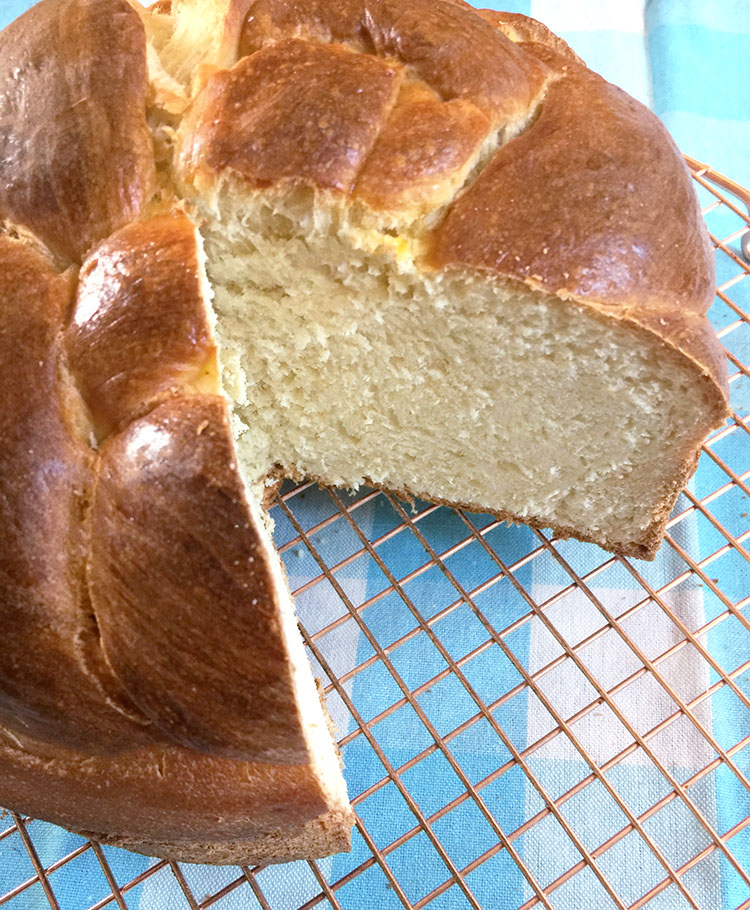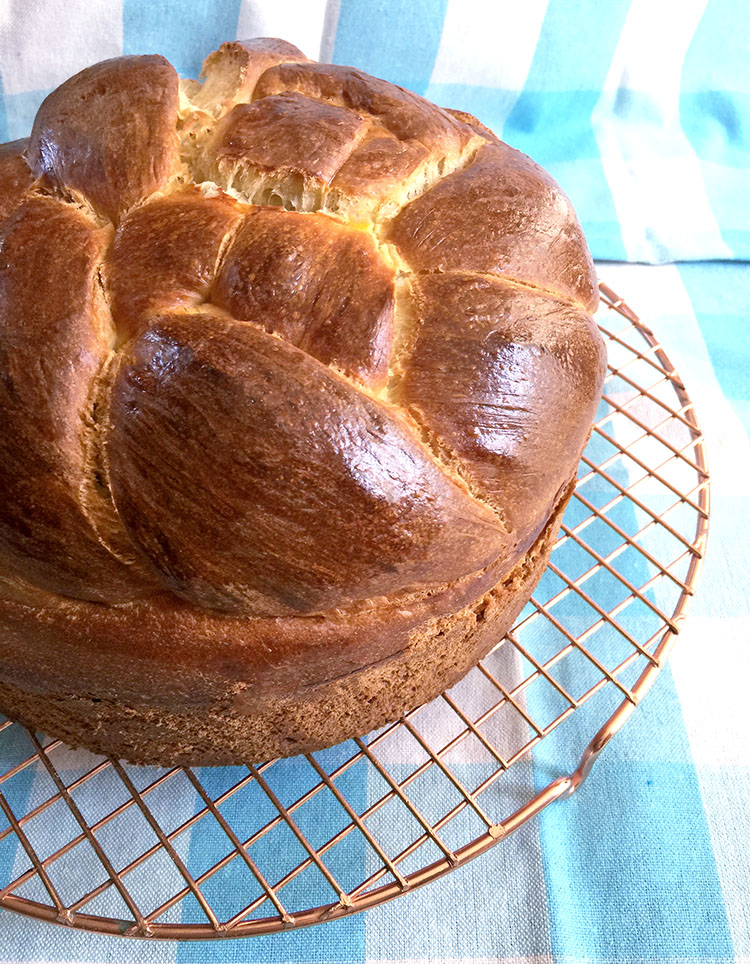
[O]f all the unrest in recent years, the war in Ukraine has unsettled me significantly. Perhaps it is the timing. As we just seemed to be stepping forward, out of the shadow of a horrifying and destructive pandemic, we began to witness new horrors waged on a particular people, who unnecessarily have been put through, to put it mildly, all sorts of hell.
Uprooted and forced to flee from their homes, most of which have been destroyed, the Ukrainians have been bombed, shot, assaulted, killed. We have been witness to the unfathomable strength of the Ukrainian people as many of them faced and fought back against the bully mentality of the Russians who have been attacking them, needlessly, for months.
One feels helpless to stand by as they plead for help. We can admire their resiliency, empathize with their fear and pray for their lives. It is not enough. I donated to a reputable entity providing aid. But my dreams continued to be haunted by it all. Why should it be so hard to live in peace?
Around Easter, I began to think baking. I had seen numerous tributes to the baking traditions of the Ukraine and noticed quite a few recipes for Easter breads from the region. While baking in my kitchen was not any sort of solution to the situation far away, it made me feel purposeful and less helpless and, in baking a Ukrainian bread, allowed me at least a moment of feeling united via flour, yeast and butter.
Paska (which means Easter) is a traditional Ukrainian bread, a large loaf of slightly sweet egg dough with a round base and a braided or decorated top. It had been a little while since I’d gotten in the kitchen for yeast bread-making, so I took the opportunity to tackle this as a tribute to a people in peril.
I found an appealing recipe for the bread on a website called The Spruce Eats (https://www.thespruceeats.com/ukrainian-easter-bread-recipe-paska-1137468).
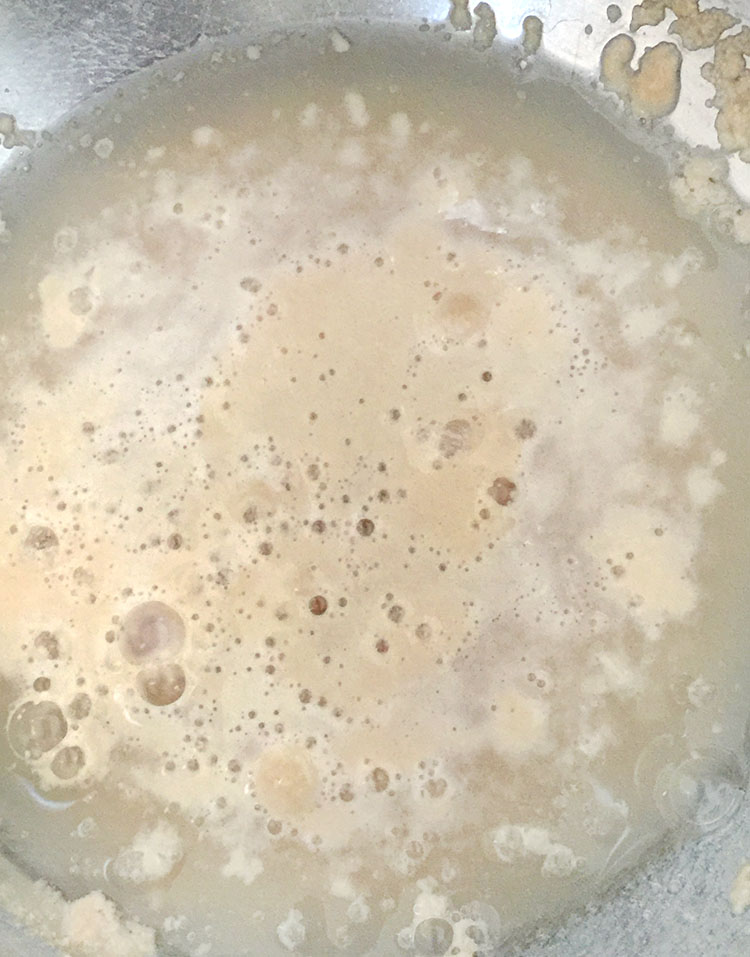
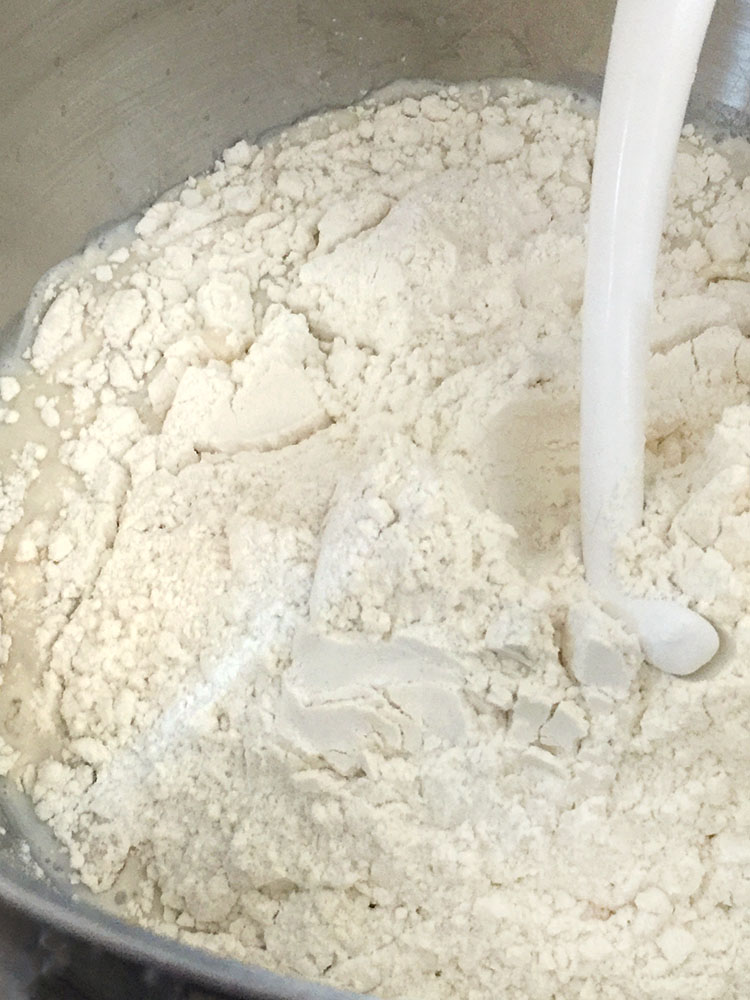
[T]he recipe begins with heating milk and allowing yeast to “bloom” in a combination of warm water and sugar. After the yeast looked bubbly, The warm milk and a small amount of flour are added.
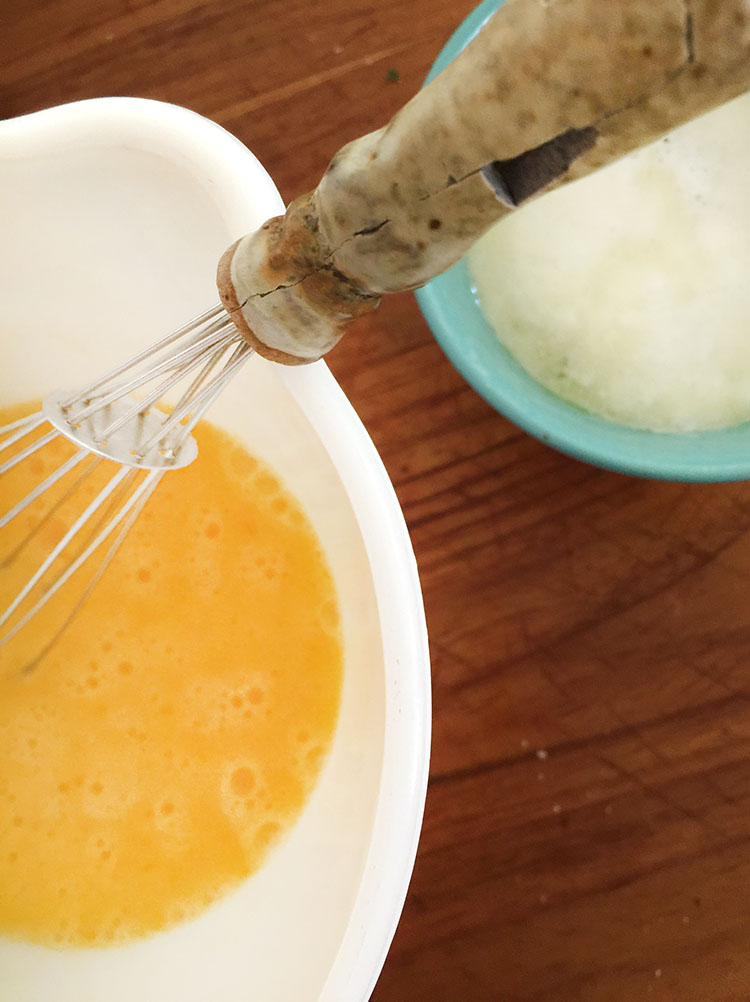
[T]o the yeast mixture, more sugar, eggs, melted butter, salt and about half of the rest of the flour (beginning with about 7 cups) are mixed in.
[T]his dough is beaten (I used a the dough hook). More flour is added until the dough is fairly stiff, but still soft.
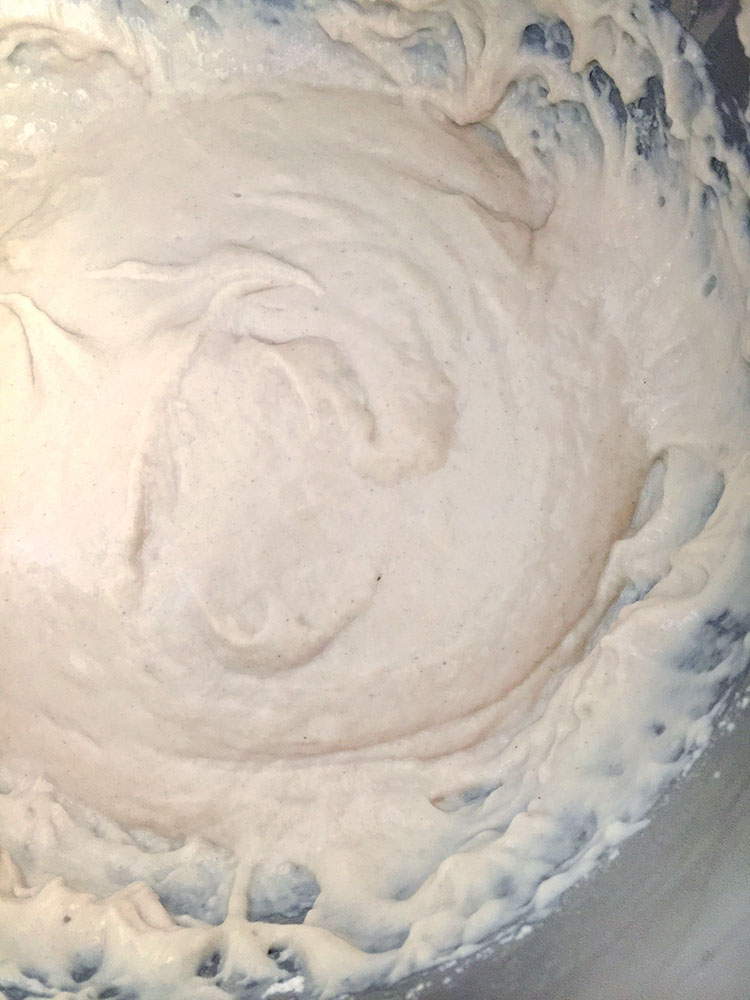
[T]he dough is kneaded for several minutes to get it to a smooth and elastic state.
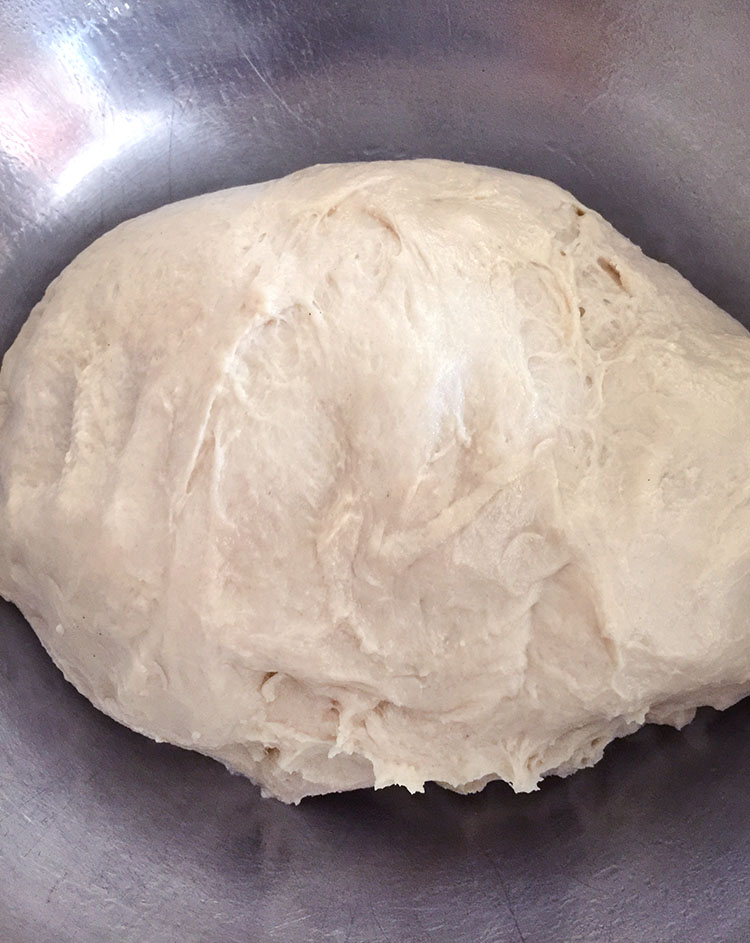
[T]he dough is placed in a greased bowl and allowed to rise for about an hour or until doubled.
[A]fter rising, the dough is punched down and allowed to rise a second time.
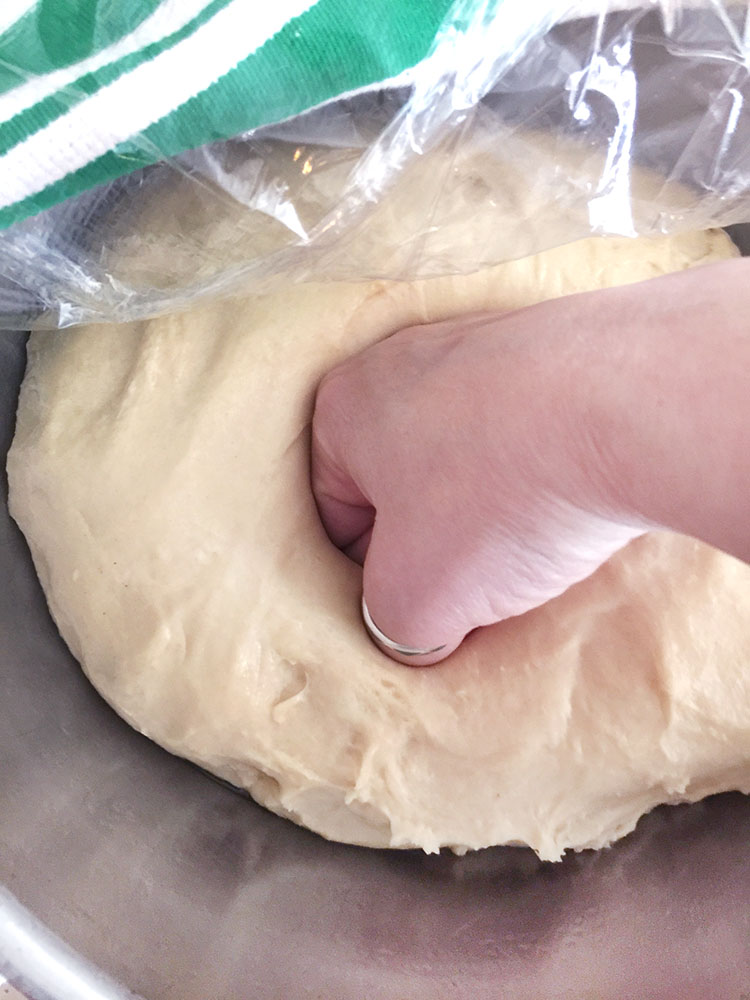
[A]fter the second rising, the dough is divided. About two-thirds is placed in a greased 10-inch springform pan as a sort of base.
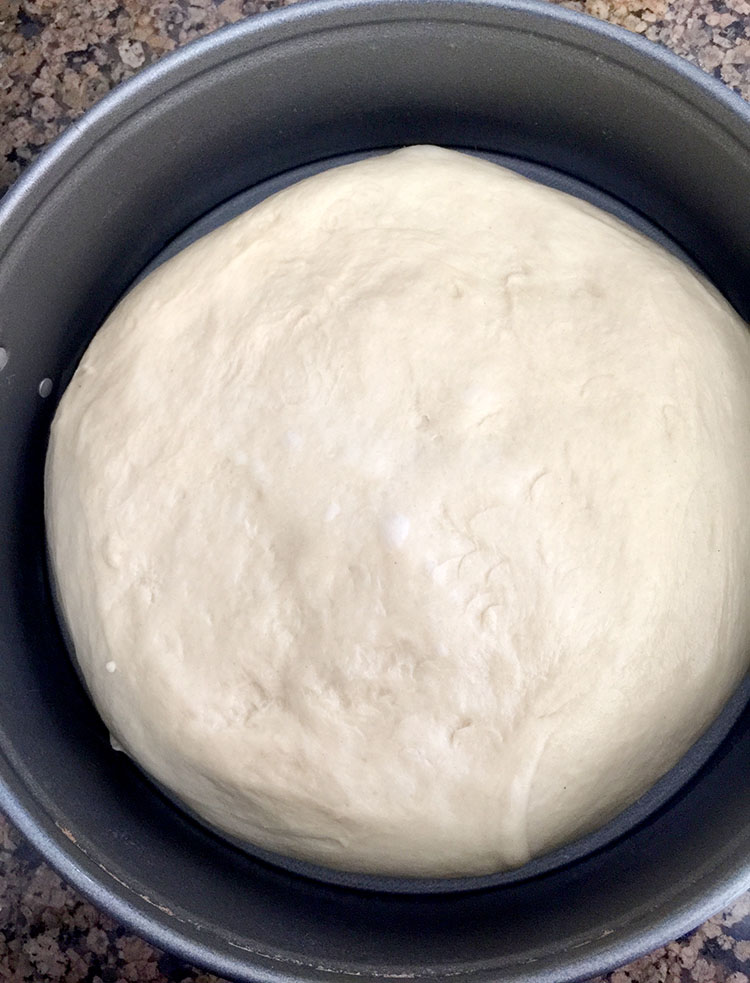
[T]he remaining dough is divided into thirds and braided (or you can make it into twists or other designs). The dough was very cooperative in this shaping process.
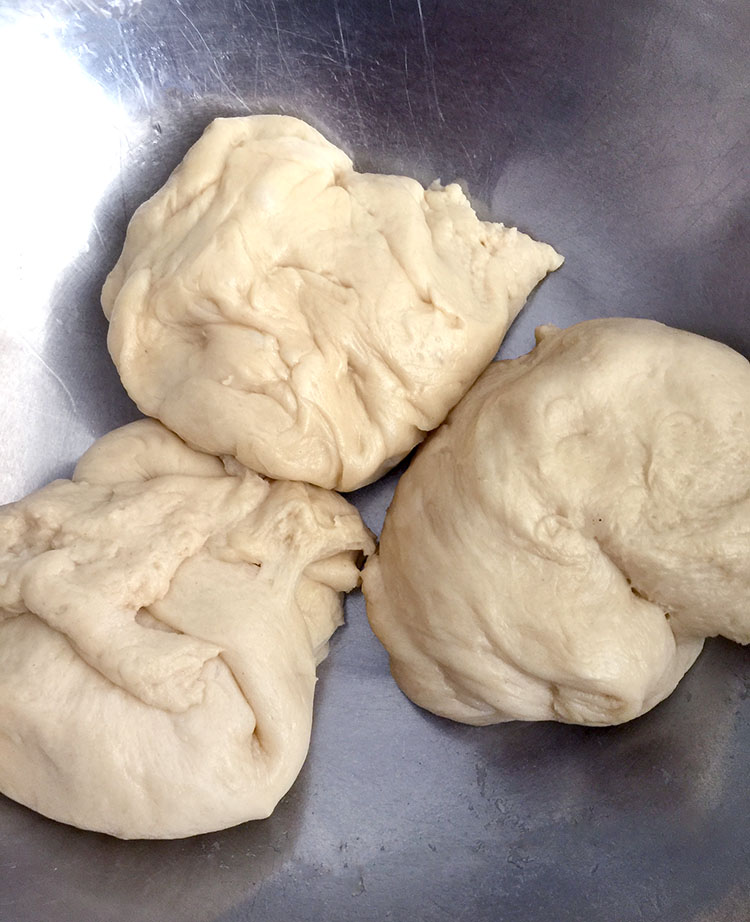
[T]he braid is placed atop the base dough in the pan. All is allowed to rise again, at least 30 to 45 minutes.
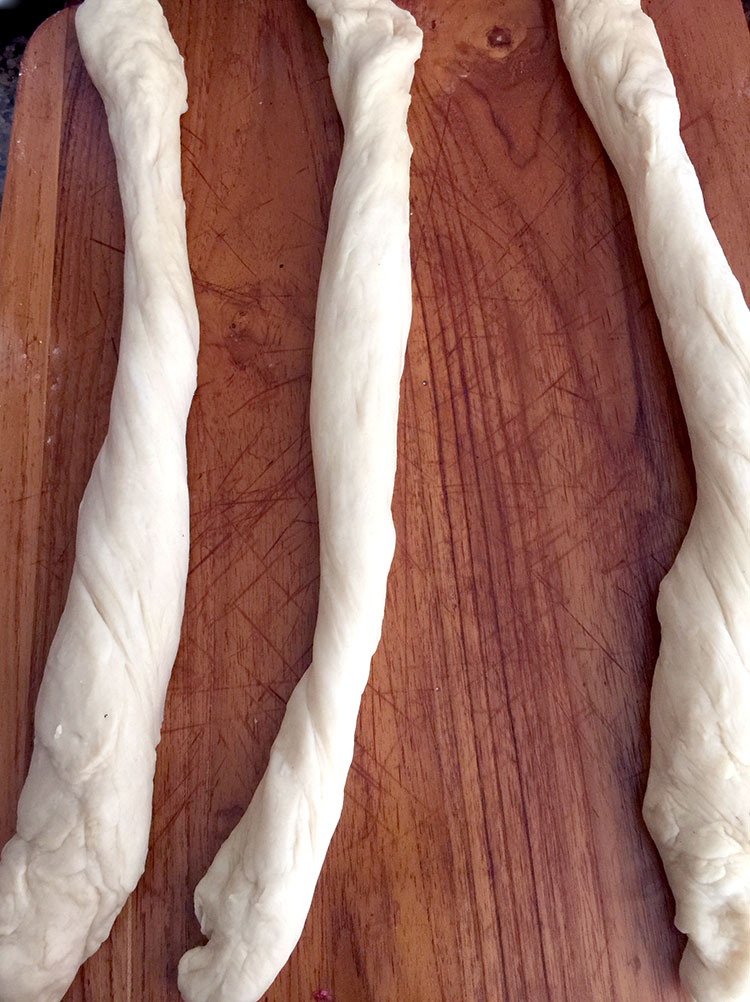
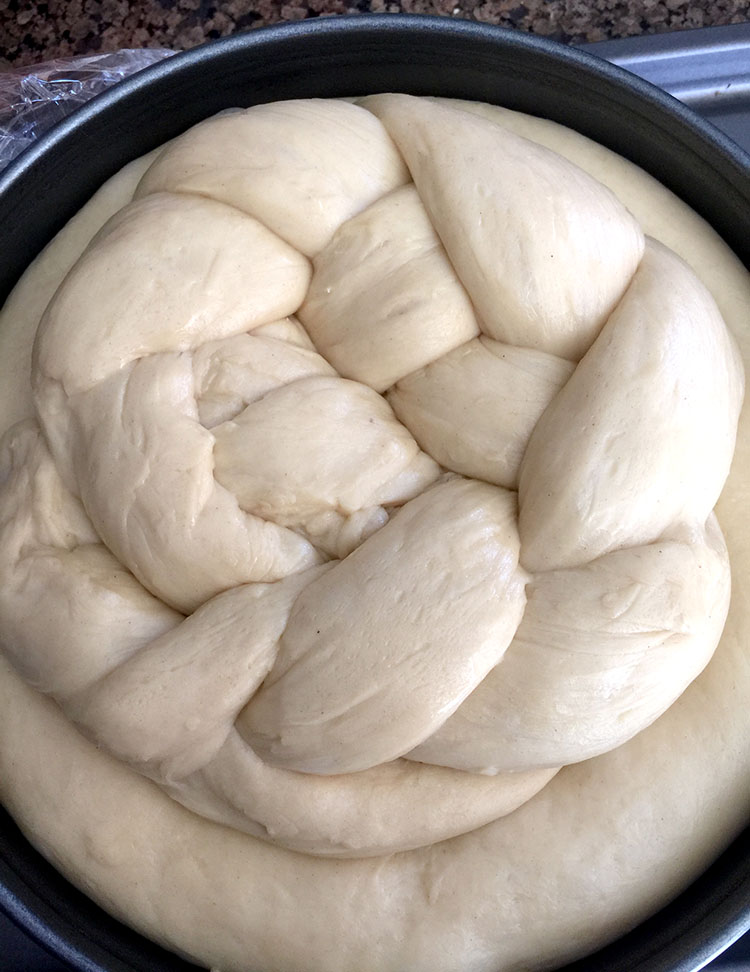
[B]efore baking, an egg wash of egg beaten with water is brushed over the top of the braided loaf.
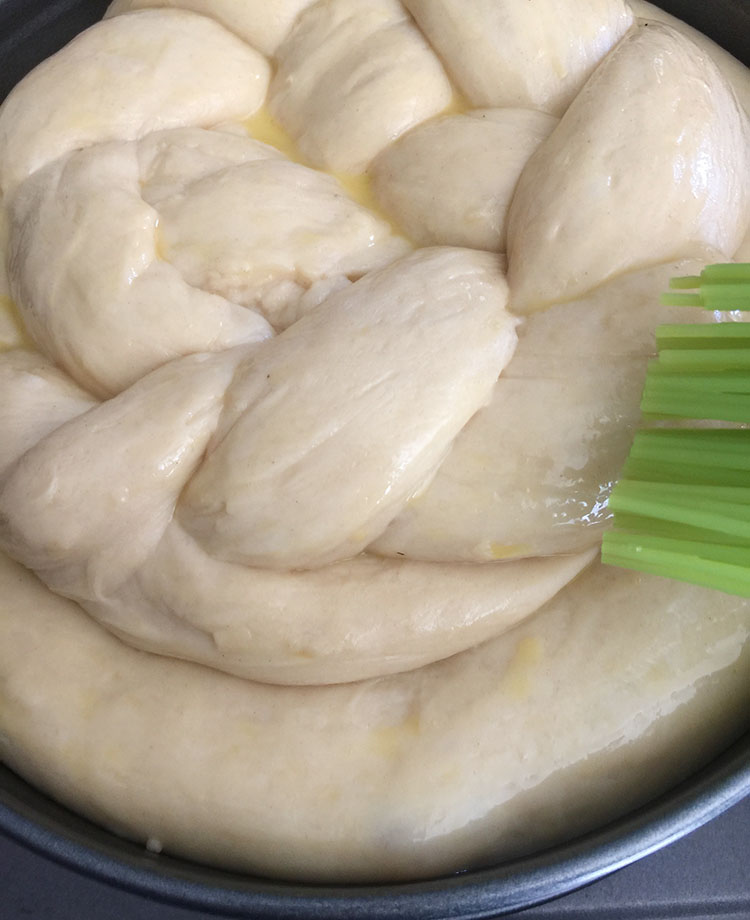
[A]s large as the bread loaf had loomed before baking, it actually grew and rose up a little more in the baking process, taking on a deep golden brown and leaving the house with an amazing buttery aroma.
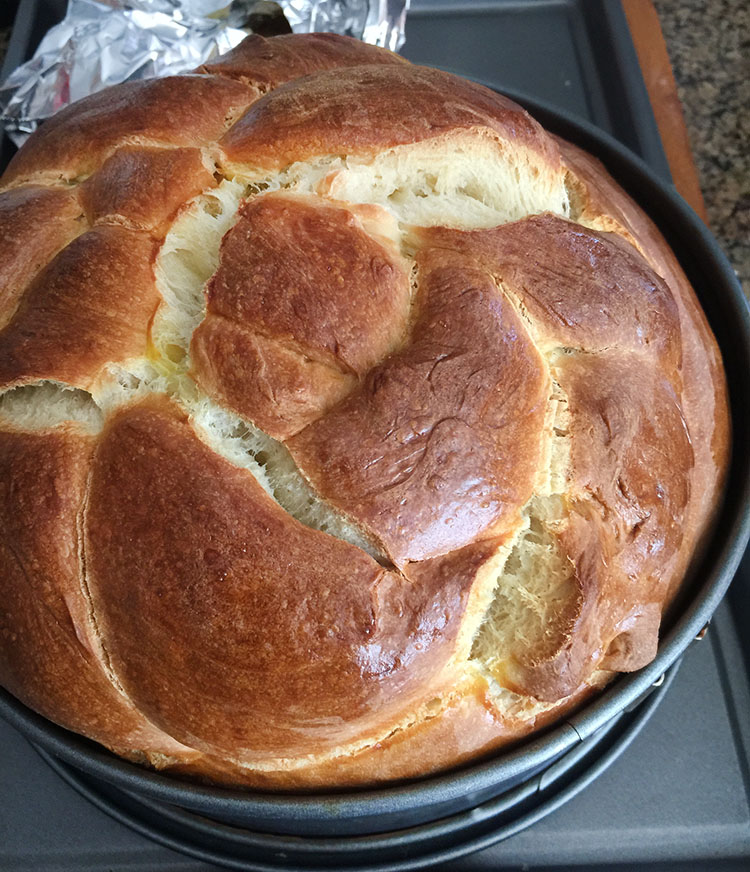
[T]he loaf was dense, but light and tender-crumbed, flavorful and buttery, its egg-washed crust slightly crisp. I toasted slices and even made thick planks of French toast from the loaf. It lasted, just as traditions of a strong people have lasted and will continue to carry on, beyond any efforts to stop them.
For the recipe, go to https://www.thespruceeats.com/ukrainian-easter-bread-recipe-paska-1137468.
